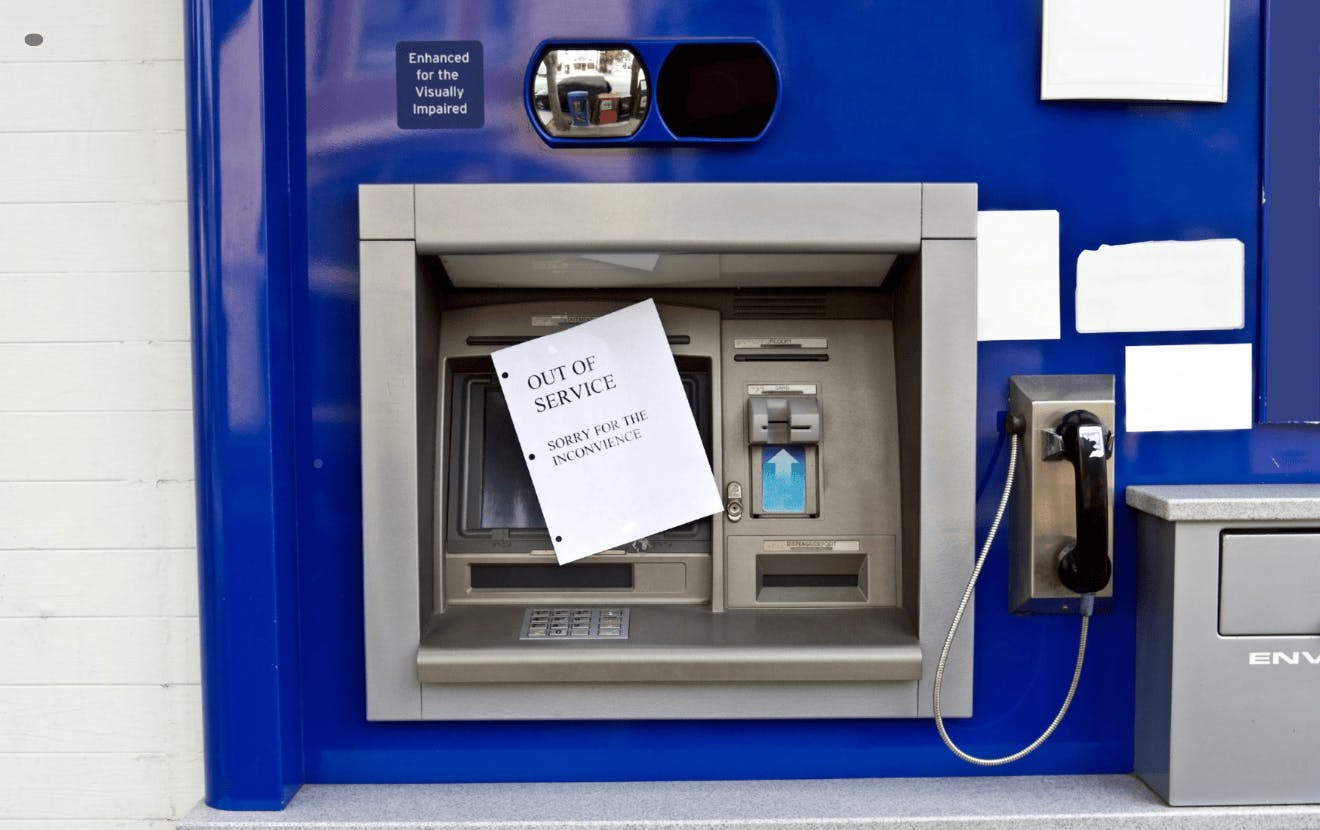When Bank of America announced plans to open 150+ new branches across 60 markets by 2027, it turned heads in an industry where many are still scaling back. The move might seem counterintuitive. Why double down on physical locations in a digital-first world?
But their strategy reveals a blueprint that’s highly instructive for credit unions and community banks. Branches still matter when they’re in the right place, delivering the right experience, and backed by the right intelligence. At LEVEL5, we’ve helped hundreds of financial institutions shape growth strategies grounded in these principles. So what can credit union leaders take away from Bank of America’s playbook?




